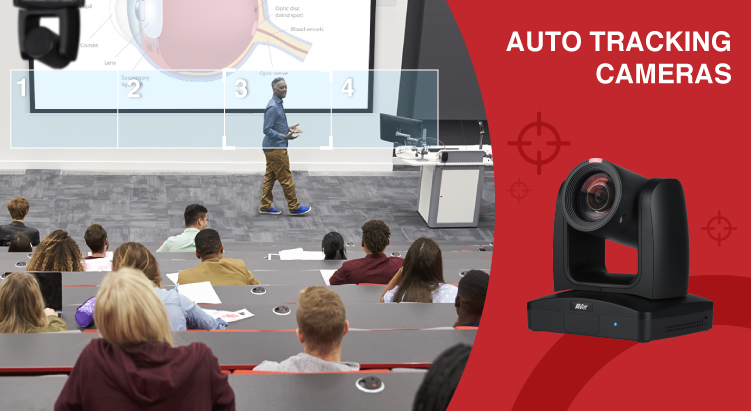After the craziness of 2020, teachers and students might be wondering if they’ll ever get to leave the house for school again. But there's no need to worry, because the near future doesn’t seem to be going fully remote just yet; rather, a blended version of physical and distance learning in a hybrid classroom (also known as a hyflex classroom) is set to dominate the way we teach and learn.
There are a couple options for running hybrid classrooms. One method features a small group of socially distanced in-class students and any number of remote learners dialed in via video. Another option is to have one group of students who spend part of their time in the classroom and part learning remotely.
Making this new type of learning environment work well can be challenging. Teachers must be able to keep both in-class and remote learners engaged with interactive materials, and there must be a plan for managing the many tablets and laptops required.
That’s why administrators need to acquire the following four devices to successfully transition from a traditional space to a hybrid one.
1. Visualizers

Remote students must feel as if the screens in their homes or overflow rooms are transporting them into the teacher’s classroom. Likewise, teachers need to be free to teach as they would if all their students were in the same room. Visualizers (document cameras) are the answer.
Visualizers give teachers the ability to show intricate details on documents and objects by projecting them in HD quality to student devices and/or an in-room display. Premium document cameras include the option to capture images and videos, either via internal storage or powerful value-added software. Some software also lets users save captured content to the cloud for easy access by the entire class online. No more sharing germs by passing around models or papers.
2. Auto Tracking Cameras

Another way to make hybrid classrooms engaging and interactive for physical and remote participants is by using auto tracking cameras. Pro AV solutions with AI auto tracking functions let teachers and presenters move around freely, perhaps working on a science experiment or carrying a mic into the audience for student participation, all while the camera stays locked on them.
The best of these cameras follow the teacher around the room without bothersome wearable devices or the need to hire camera operators. That means more space for social distancing and less bacteria-covered touchpoints.
3. Interactive Control Boxes

An interactive control box keeps a socially distanced hybrid classroom fully connected with powerful screen sharing technology. Here’s how it works.
Teachers can use the control box to integrate multiple sources in the classroom—including computers, visualizers, and tablets—into a diverse layout on any type of display. The layout can be adjusted depending on the teaching purpose, and there’s no need to plug in and out to switch devices.
4. Charging Carts and Cabinets

Finally, hybrid classrooms need an efficient way to manage in-class students’ many laptops and tablets. That's where charging carts and cabinets come in handy.
A good charging solution can be either mobile (carts) or stationary (cabinets), and it should include secure locks and efficient cable management. Also, there are smart charging solutions that ensure devices with the lowest battery levels charge first, and that power cuts off when the devices are fully charged so no damage occurs. Just remember to keep anti-bacterial screen wipes nearby.
Switching from traditional to hybrid classes requires new technology, and AVer is ready to help with the best visualizers, auto tracking cameras, interactive control boxes, and charging solutions on the market. Click the button below to start building your future!